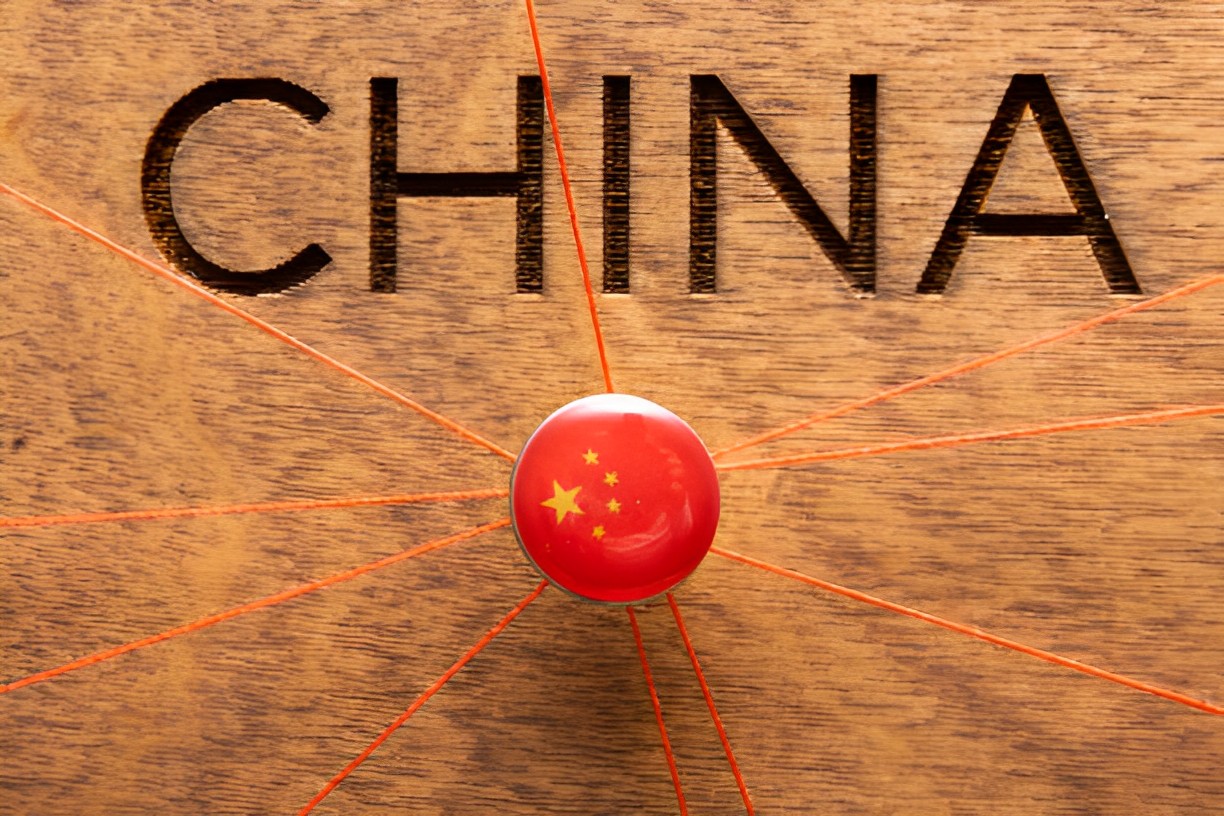Readers who have been long-term observers of China’s international behavior are likely aware of how the Chinese Communist Party (CCP) uses the Belt and Road Initiative, third-party company acquisitions, and even the redrawing of maps to encroach on the territories of various countries. Additionally, China is actively purchasing land worldwide for various purposes, including agricultural land, land near foreign military bases, and land rich in natural resources. Through the strategy of military-civil fusion, China uses Chinese enterprises as a front, which in essence is a form of soft expansion and interference by the CCP regime across the globe.
Here are some examples to illustrate the methods China uses for soft expansion and control over other countries:
Participating in Banana Plantations in Myanmar and Mining Investments in Guinea
For instance, Chinese companies are heavily involved in banana plantations in Kachin State, northern Myanmar. According to investigations by NGOs and other organizations, Chinese enterprises are extensively engaged in banana cultivation in Kachin State. According to United Nations data, Myanmar’s banana export value skyrocketed from $1.5 million in 2013 to $370 million in 2020, a growth of 250 times.
Most of these bananas are sold to China. Local residents report that after Myanmar’s military coup in February 2021, banana plantations in Kachin State continued to operate because they are “an important source of tax revenue for the Myanmar Armed Forces.” In other words, this equates to China supporting Myanmar’s military junta by massively purchasing agricultural products.
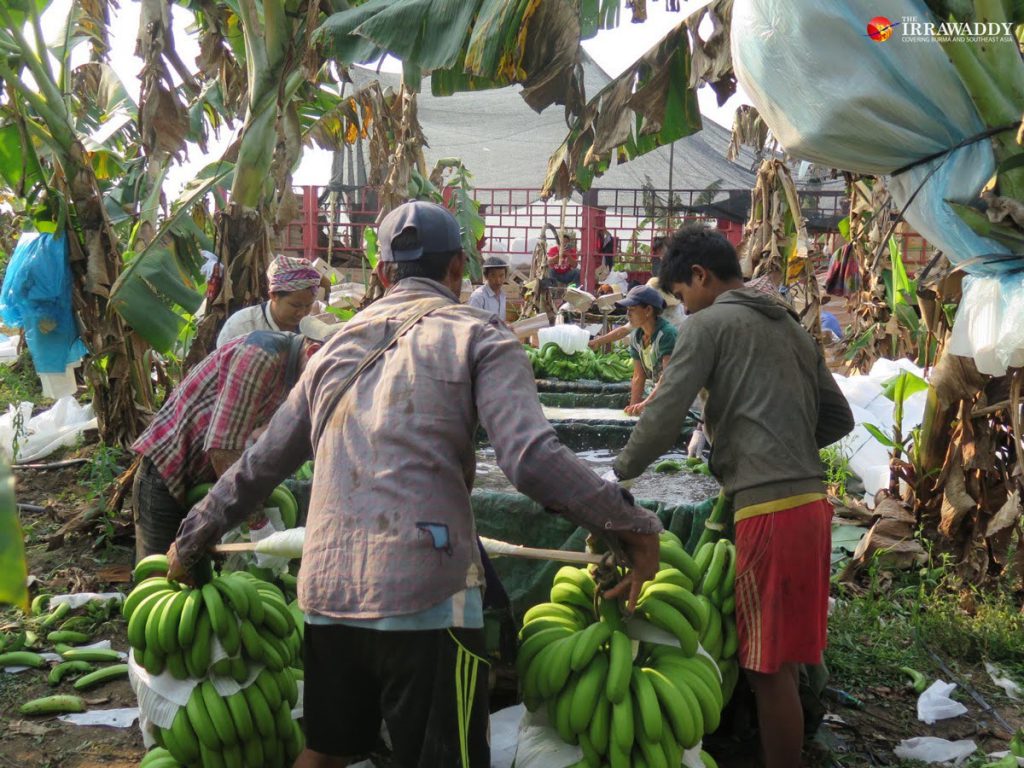
Additionally, according to the American Enterprise Institute (AEI), in 2019, China Minmetals Corporation invested $280 million in Tanzania in southern Africa. In 2020, China Nonferrous Metal Mining Group invested $730 million in Guinea’s mining industry. The purpose of these investments is to secure various scarce minerals used in electric vehicle batteries, effectively gaining control over strategic resources.
Currently, China controls lithium refining technology and production capacity, accounting for as much as 80% of the global share. Both the European Union and the United States have become aware that China’s near-monopoly on the lithium supply chain and battery production poses a significant risk. To mitigate this supply chain risk, they are actively working to increase their domestic lithium supply chain production capabilities.
To this end, the United States has implemented the Inflation Reduction Act (IRA) and invoked the Defense Production Act (DPA) to subsidize the extraction and production of essential minerals for electric vehicle batteries, including cobalt, nickel, lithium, and graphite.

Importing Congolese Timber to China, Polluting Russian Farmland and Rivers
At the same time, in the Democratic Republic of the Congo (DRC) in Central Africa, most of the land is covered by forests. With the soaring prices of timber, China’s Zhangjiagang Wanpeng Wood Co., Ltd. has been transporting large quantities of African timber to China.
They are doing the same in Russia’s Far East, causing significant distress to local residents. Due to the corruption and incompetence of the Russian government, Chinese exploitation of natural resources within Russian territory goes unchecked.
Moreover, the arable land and rivers in Russia’s Far East have started to suffer from pollution due to the presence of Chinese enterprises. This situation has led to frequent conflicts between the local Russian population and the Chinese.
Chinese Presence Not Limited to Sri Lankan Ports—Also in Polish and German Ports
Furthermore, the risks associated with dependence on China for countries receiving investments through the Belt and Road Initiative are still rising. The most well-known example is China’s involvement in the southern port of Sri Lanka. Sri Lanka, caught in China’s debt trap and unable to repay the loans, was forced to lease the port to the CCP for 99 years to settle part of the debt, which is a typical example of a debt trap.
However, China’s expansion and control are not limited to economically weaker countries. This summer, China bought part of the docking area in Poland’s largest port, Gdynia, and refused to allow weapons aid to Ukraine to enter the port. This effectively delayed Ukraine’s receipt of military aid, indirectly aiding Russia.
On the other hand, the CCP has also actively invested in the Port of Hamburg in Germany, Europe’s third-largest commercial port, after the Netherlands’ Rotterdam and Belgium’s Antwerp. Despite significant opposition, including from within the government, the German government approved nearly 25% of the Chinese state-owned enterprise COSCO’s stake in May of this year.
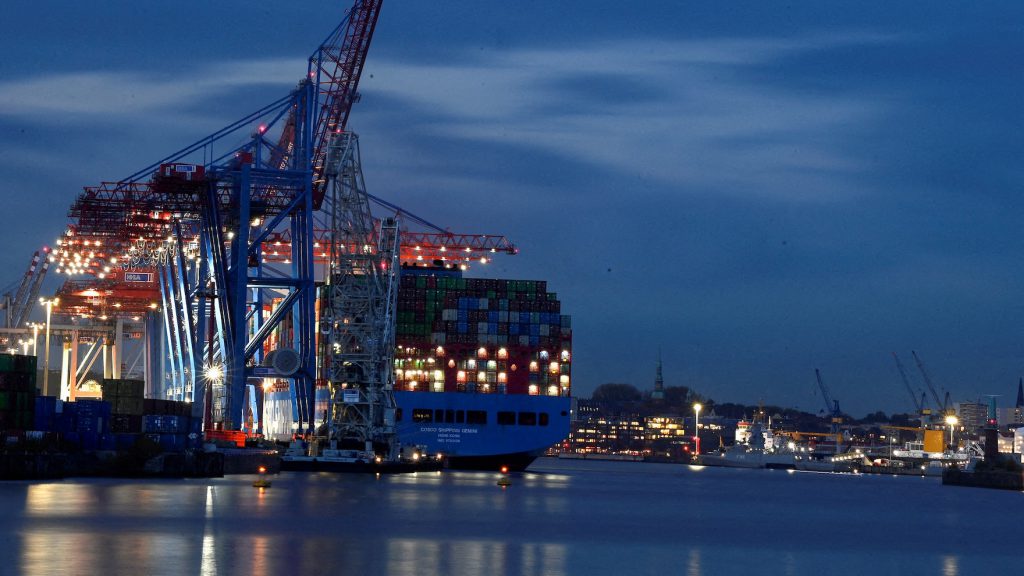
China Purchases Land in Hokkaido, Japan, Just One Kilometer from Military Radar Station
Near a military radar station at the northern tip of Hokkaido, Japan, an area that once housed eight renewable energy plants has now become overgrown and abandoned, with no hotels operating there. However, a new energy company with ties to the Chinese government, headquartered in Tokyo’s Ginza district, has purchased two plots of land near the radar station, totaling about 5,000 square meters.
The Soya Strait, located between Sakhalin Island and Hokkaido, connects the Sea of Japan and the Sea of Okhotsk. In recent years, the Soya Strait has drawn attention from countries such as China, making Wakkanai, the northernmost city in Hokkaido facing the strait, a crucial intelligence-gathering location.
The nearby radar station is responsible for important surveillance tasks along the Russian border. The two plots of land purchased are only one kilometer away from the radar station, which is jointly used by three units of the Japan Air Self-Defense Force.
As early as 2017, Sankeib Shimbun editor Masafumi Miyamoto published a book in July titled “The Japanese Territory Being Bought Up,” with a dramatic warning on the cover: “More than 1,000 Tokyo Domes worth of land have been bought up,” “Will Hokkaido become China’s 32nd province?” and “Legally conducted acquisitions—economic invasion is also being allowed.”
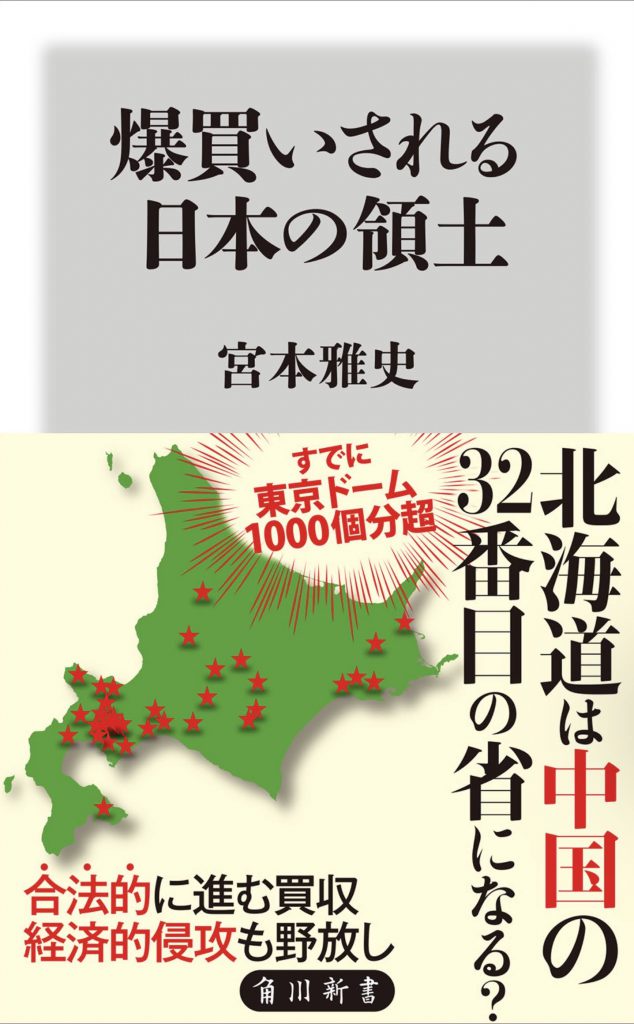
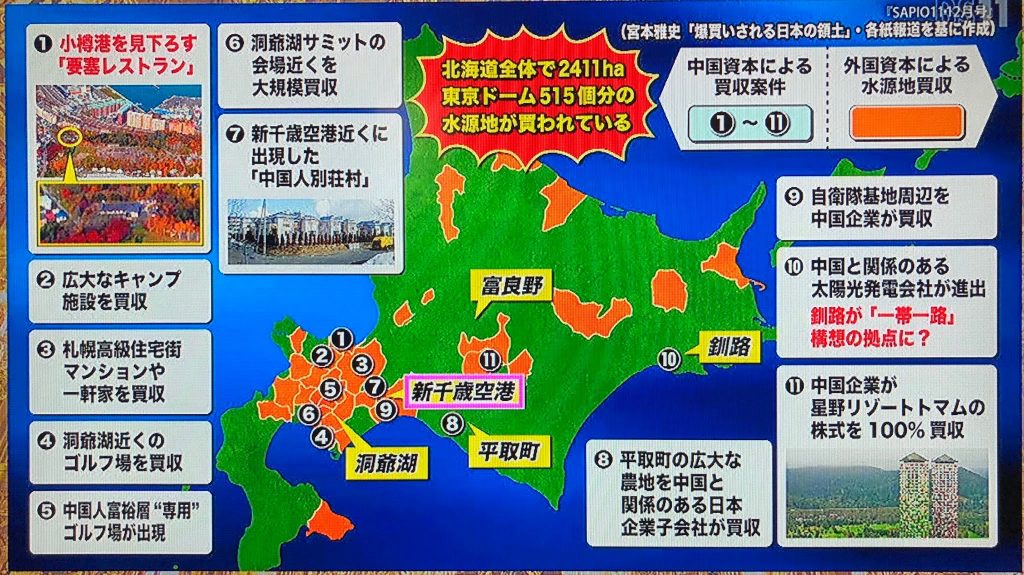
1. Aerial view of the “Fortress Restaurant” overlooking Otaru Port
2. Large camping site
3. Luxury apartments and detached houses in a high-end residential area of Sapporo
4. Golf course near Lake Toya
5. Golf course “exclusively” for wealthy Chinese
6. Extensive land acquisition near the venue of the 2008 G8 Summit in Lake Toya
7. “Chinese villas” near New Chitose Airport
8. Vast farmland in Hirano-cho acquired by a subsidiary of a Japanese company linked to China
9. Land around a Self-Defense Forces base acquired by Chinese companies
10. Solar power company related to China (Kushiro becoming a “Belt and Road” base?)
11. Chinese company acquiring 100% stake in Hoshino Resort Tomamu
China’s Land Acquisition Strategies in Hokkaido
The National Council on Educational Issues in Japan wrote in 2018 that Chinese capital employs a particular method for acquiring land in Hokkaido. First, they propose grand projects such as creating “resorts” or “medical tourism bases.” Once financially strained local governments approve, they quickly proceed with acquisition negotiations. However, in reality, most of these projects are not realized.
Common Features of the Acquired Lands
The lands purchased by China share a common feature: they are almost entirely surrounded by natural environments, making it impossible to see inside from the outside, with only specific entry and exit points. If these points are blocked, external intervention becomes very difficult.
Additionally, the golf courses, camping sites, and other properties purchased by China in Hokkaido have been renovated, and they are rich in water resources, making them suitable for conversion to residential or agricultural land without extensive development. This suggests the potential for creating a self-sufficient autonomous zone. If many Chinese people come to live here, controlling agriculture, water, and energy, it could establish a Chinese autonomous region within Japanese territory.
Implications for Japan
The question arises as to how China treats people in autonomous regions. Historical and ongoing issues in places like Tibet, Xinjiang, and Inner Mongolia provide concerning examples.
(Photo Credit: National Council on Educational Issues)
Due to Population Outflow, Various Strategic Locations in Japan Have Been Acquired by Foreign Investors. The issue of population outflow has led to significant foreign acquisitions of critical areas in Japan, including water sources in Hokkaido, forests, the Chitose base of the Japan Air Self-Defense Force, and lands surrounding Self-Defense Forces bases in Kyushu. Most of these foreign investors are not from Japan’s allied nations but from Chinese capital. Finally, in June 2021, the Japanese Diet enacted new legislation to strengthen the regulation of “land acquisition and use” in areas critical to national security.
Investing in a Corn Processing Plant as a Cover to Monitor U.S. Air Force Base
Do you think only Japan and Europe are being softly infiltrated and expanded by China? In fact, China is also purchasing substantial amounts of land in the United States. In 2022, the Chinese company Fufeng Group attempted to buy 121 hectares of land in North Dakota, just about 19 kilometers from the Grand Forks Air Force Base, for $2.3 million. They planned to invest $700 million to build a corn processing plant. However, this base is a key site for U.S. drone technology.
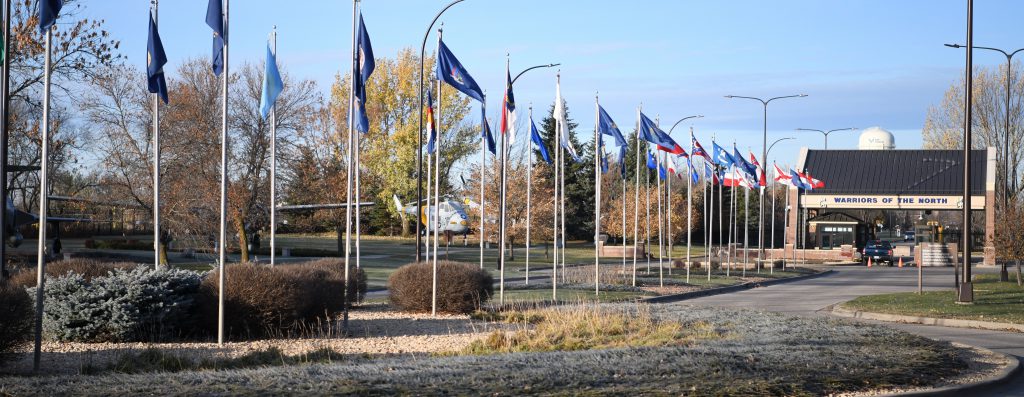
Local and Federal Officials Warn of Deep Ties Between Fufeng and the Chinese Communist Party
Local government officials and federal authorities have warned about the deep connections between the Fufeng Group and the Chinese Communist Party. The U.S. Air Force has actively intervened to block this transaction. Local residents, interviewed by Fox News, expressed their concerns that Fufeng Group might use the land to monitor the nearby Air Force base. Consequently, the city has announced that it will not proceed with the transaction plan.
China’s Sinochem Acquires Swiss Seed Company in the U.S.
Additionally, on October 17th this year, the government of Arkansas ordered the local subsidiary of Syngenta Seeds, Northrup King, to sell approximately 65 hectares (160 acres) of farmland within two years because the parent company is a Chinese state-owned enterprise. This marks the first instance of a U.S. state government taking legal action against a Chinese-owned company for owning American farmland.
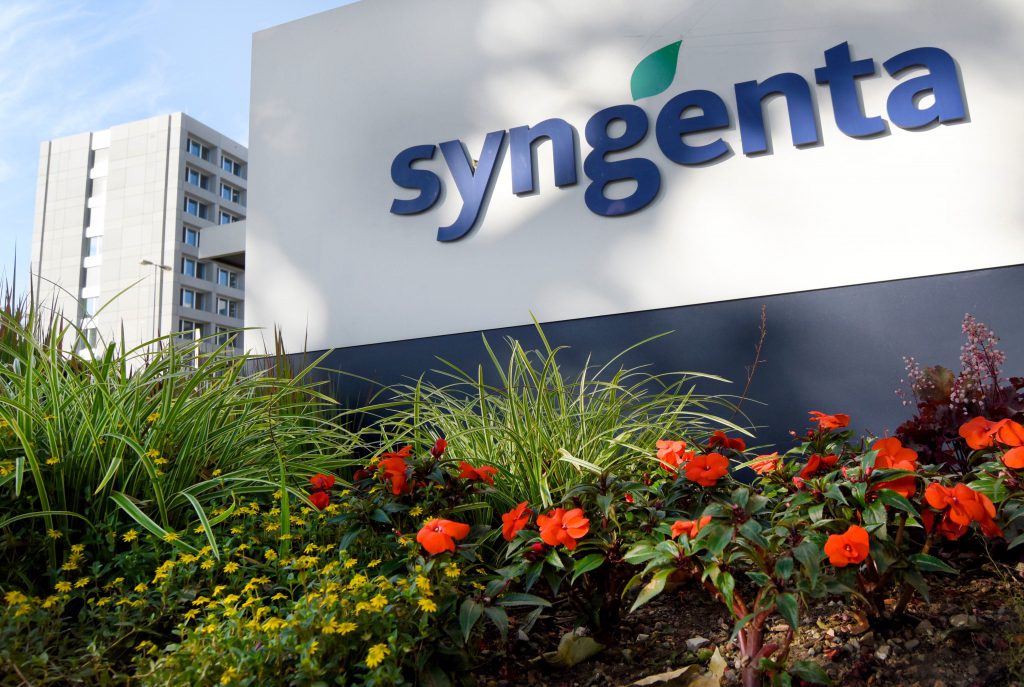
This action is based on Act 636, passed by Arkansas on April 11 this year, which prohibits certain “prohibited foreign party-controlled entities” from owning agricultural land in Arkansas. Arkansas Attorney General Tim Griffin stated that China is one of the prohibited countries because Beijing is subject to the International Traffic in Arms Regulations (ITAR) of the United States.
The background of Syngenta is quite complex. Originally a Swiss agricultural products and seed company, it was a competitor of U.S. company Corteva, as well as German companies BASF and Bayer.
In 2017, this Swiss company was acquired by China National Chemical Corporation (ChemChina) for $43 billion. In 2021, ChemChina and China National Chemical Corporation merged into Sinochem Holdings. Sinochem is a state-owned enterprise in China, and Syngenta is currently pursuing an initial public offering (IPO) on the Shanghai Stock Exchange.
Sarah Sanders, who served as White House Press Secretary during the Trump administration, emphasized: “Seeds are technology,” and “Chinese state-owned enterprises filter this technology back to their homeland, stealing American research, and informing our enemies on how to target American farms. This is a clear threat to our national security and to our great farmers.”
CCP-Controlled Enterprises Conduct Infiltration Under the Guise of Investment

The cases described above are merely the tip of the iceberg when it comes to China’s global expansion. There are many more stories of China’s exploitation of minerals and natural resources in Africa that remain untold. Fundamentally, the current approach in democracies around the world to dealing with “Chinese Communist Party-controlled enterprises” using investments as a guise for infiltration cannot rely solely on legal land use regulations and restrictions.
China is known for employing massive strategies. The American Farm Bureau Federation (AFBF) mentioned in its latest report on November 2nd that although the proportion of farmland owned by China in the United States is currently low, the lack of sufficient staff and regulations has led to practical limitations in overseeing the large volume of annual land transactions. Nearly half of these transactions do not disclose the price, adding to the difficulty of regulation.
China’s Exploitation of African Resources and Strategic Land Acquisitions Worldwide
China’s activities in Africa, such as mining and natural resource exploitation, are extensive and often overlooked. In democratic countries, there needs to be a more comprehensive strategy to counter the intentional infiltration by CCP-controlled enterprises under the pretext of investment. Legal regulations on land use alone are insufficient because China often employs a high-volume approach, making it challenging to monitor and regulate effectively.
Challenges in Monitoring and Regulating Land Transactions
The AFBF report highlights the challenges faced due to insufficient regulatory staff and the inadequacies of current regulations. This has resulted in nearly half of all land transactions in the U.S. not disclosing prices, complicating efforts to oversee and regulate these deals. The increasing number of transactions and the lack of transparency underscore the need for more robust measures to safeguard against potential infiltrations by foreign entities, particularly those linked to the CCP.
More than 1.3 million hectares (3.2 million acres, accounting for 8% of U.S. land) of agricultural land owned by foreign investors remain unclassified. This is likely because the submitted documents either “did not list the foreign investor” or “did not include the primary country/region code.”
Ownership transparency is also limited. The U.S. Department of Agriculture (USDA) does not have the authority to require buyers to disclose information beyond the third tier of ownership. This means they cannot identify the “ultimate beneficial owner,” making it difficult for the U.S. to determine whether buyers are fronts for hostile countries like China or Russia.
Decoupling Impossible? Weaving the Noose to Hang You
Why couldn’t the Soviet Union extend its influence globally like the CCP does today? Mainly because the world is still hesitant to fully isolate and sanction China. During the Cold War, the Soviet Union couldn’t expand globally because it lacked the financial resources for soft infiltration.
To date, the world, including the U.S., has not dared to impose comprehensive sanctions on China, still viewing it as a viable trading partner. This emboldened China’s attitude, and ongoing trade relations provided it with new capital and foreign currency. These resources continuously fuel China’s expansionist ambitions.
The lack of ownership transparency poses significant challenges. Without the ability to trace beyond the third tier of ownership, identifying whether a buyer is a front for Chinese or Russian interests is nearly impossible. This ambiguity in ownership and the extensive foreign-held agricultural land underscore the need for more stringent measures to ensure national security.
The Soviet Union’s inability to engage in widespread global expansion through economic means was due to its lack of financial resources for such efforts. In contrast, today’s China has ample funds and has strategically used economic investments to expand its influence. The current global hesitation to fully decouple or sanction China allows it to continue leveraging trade and investments to enhance its geopolitical power.
This ongoing financial engagement provides China with the resources necessary to sustain and grow its influence, posing a significant challenge for those advocating for stronger measures to counteract China’s global strategies.

